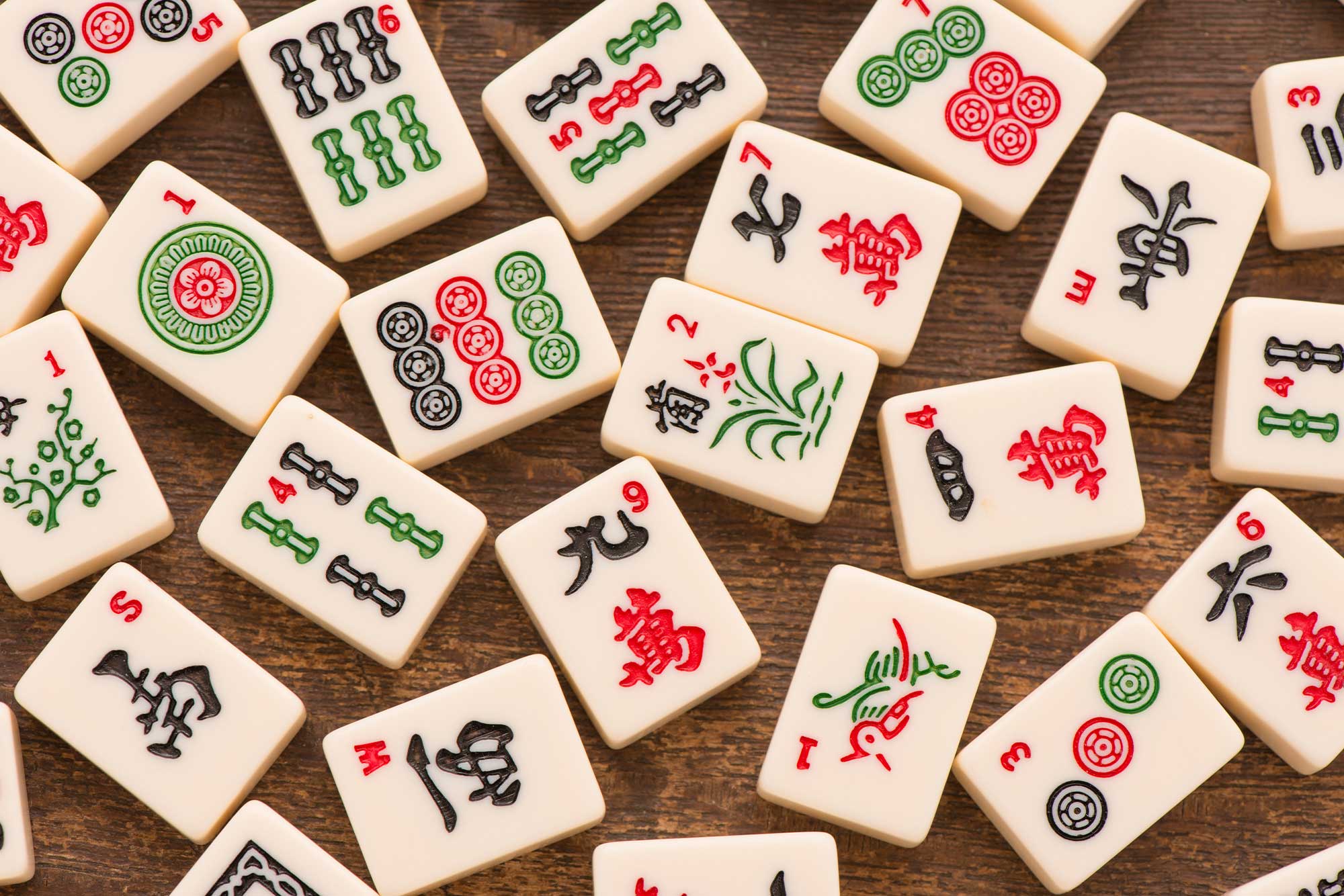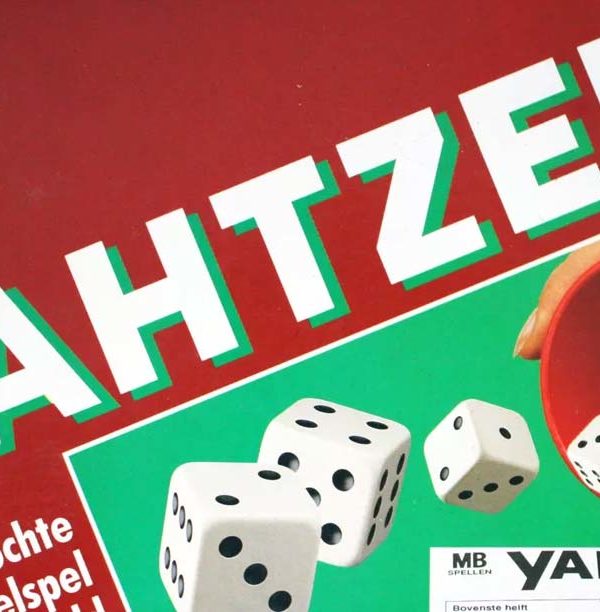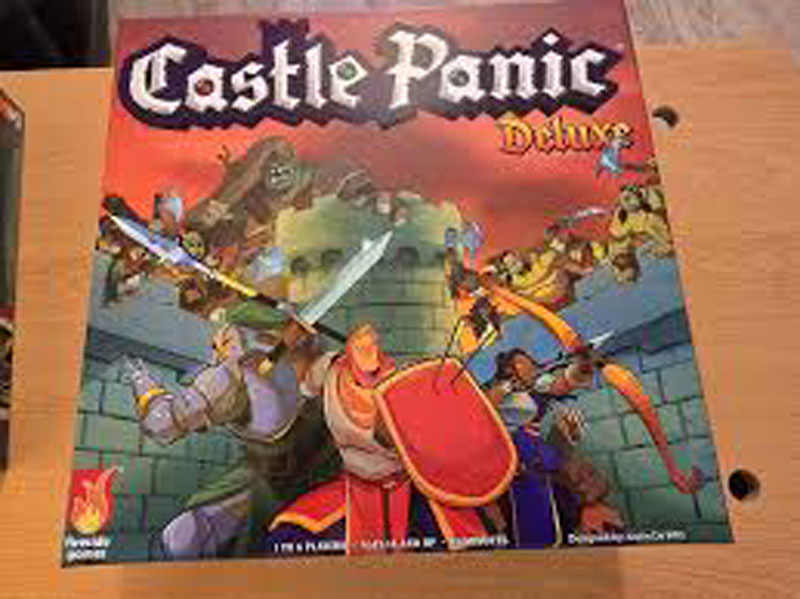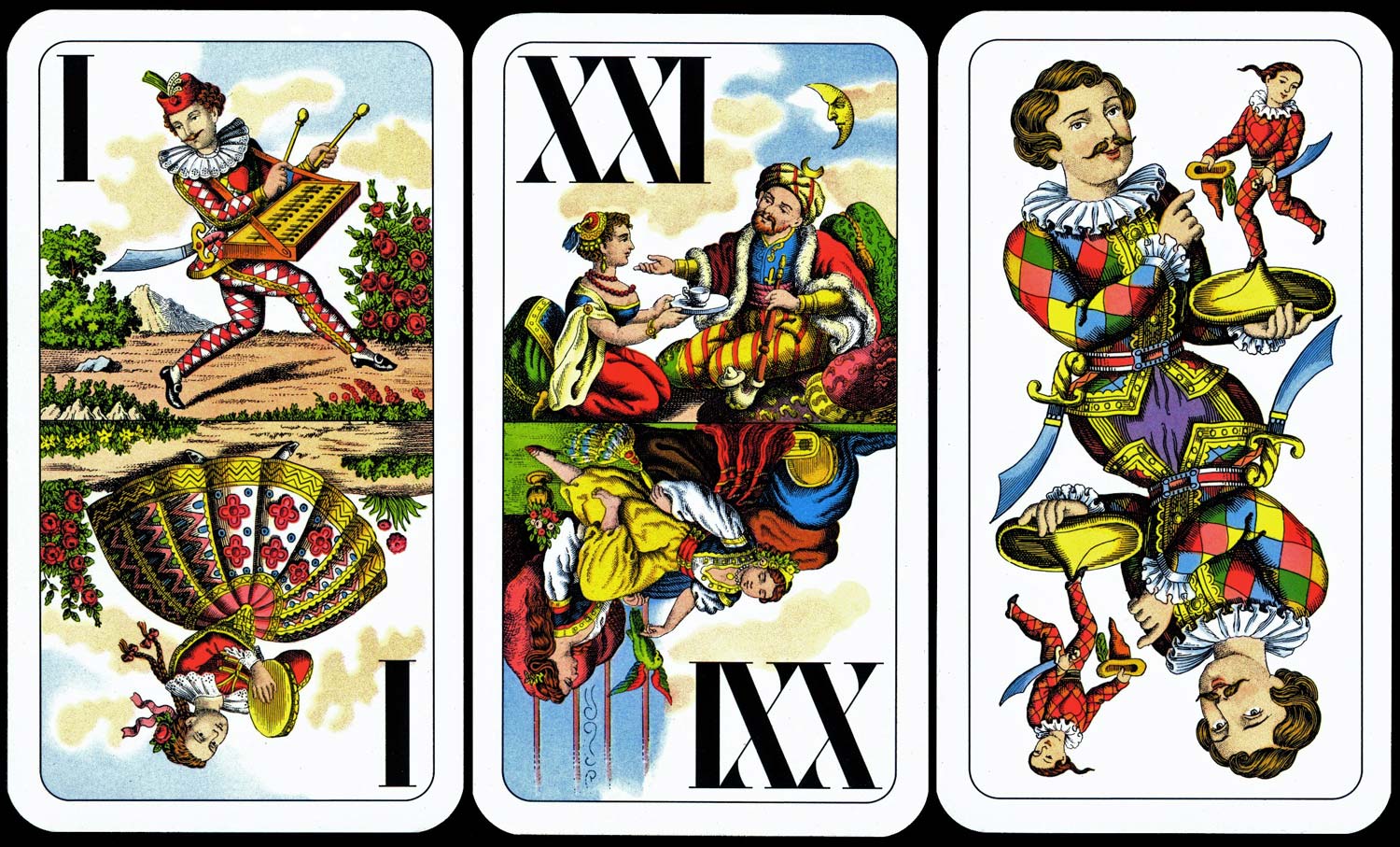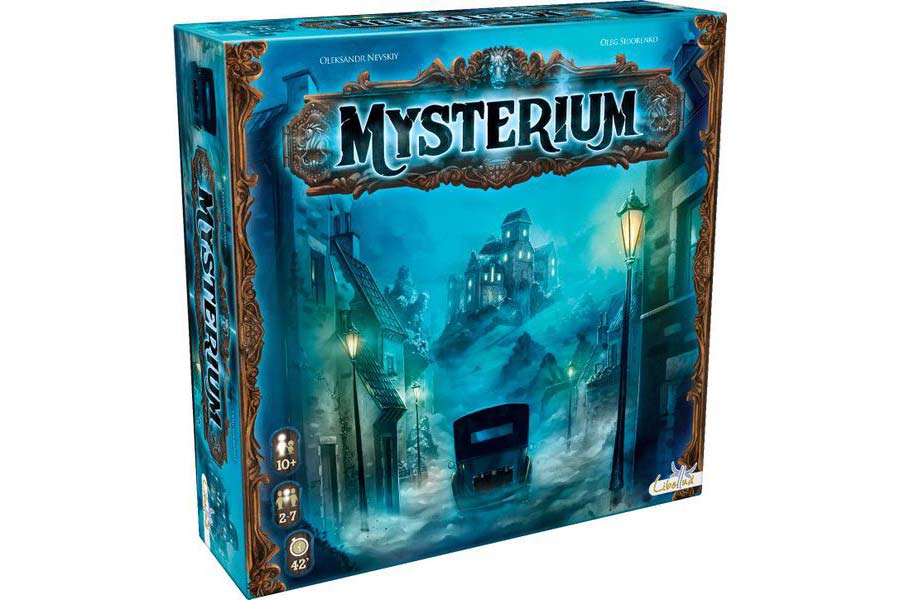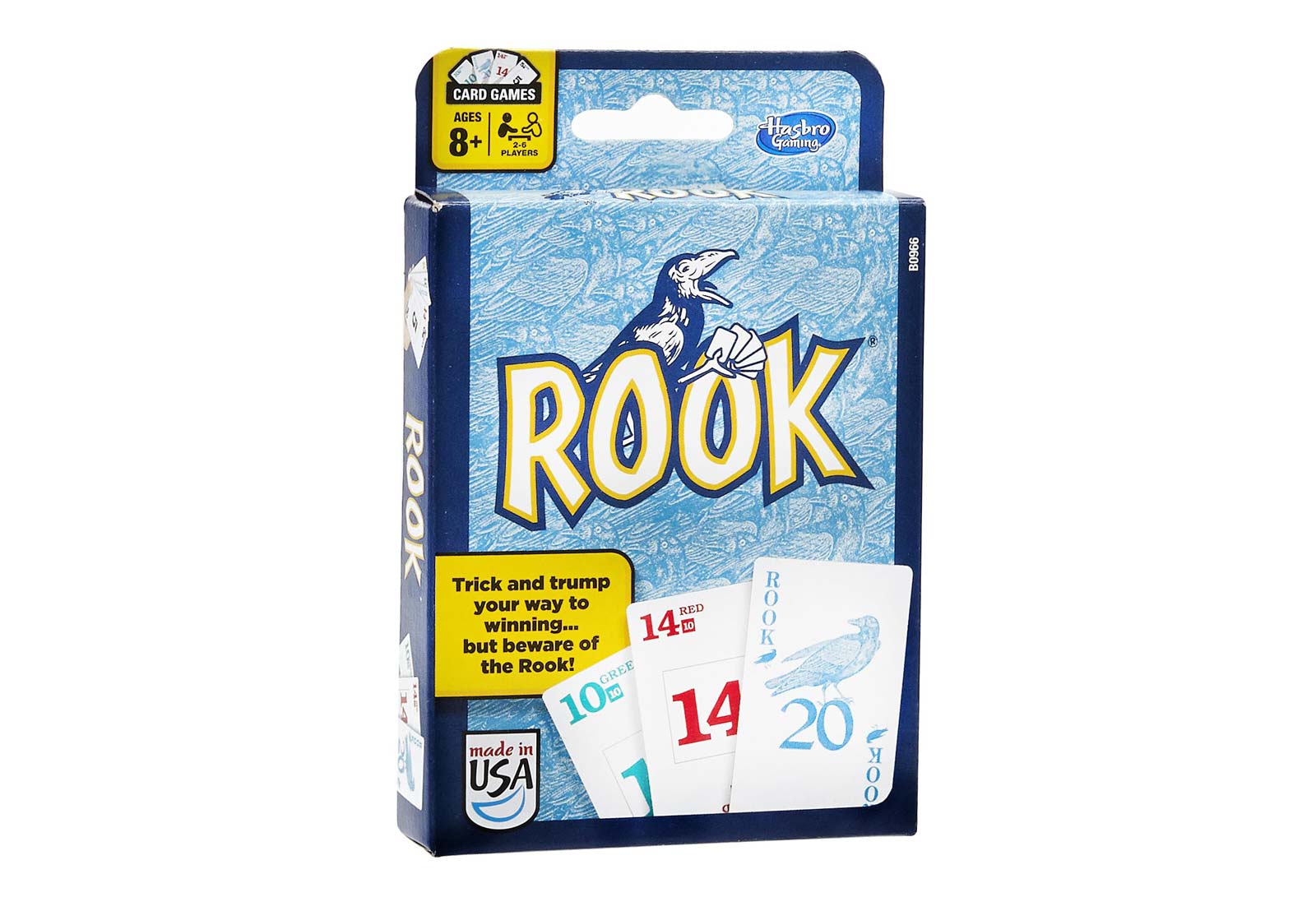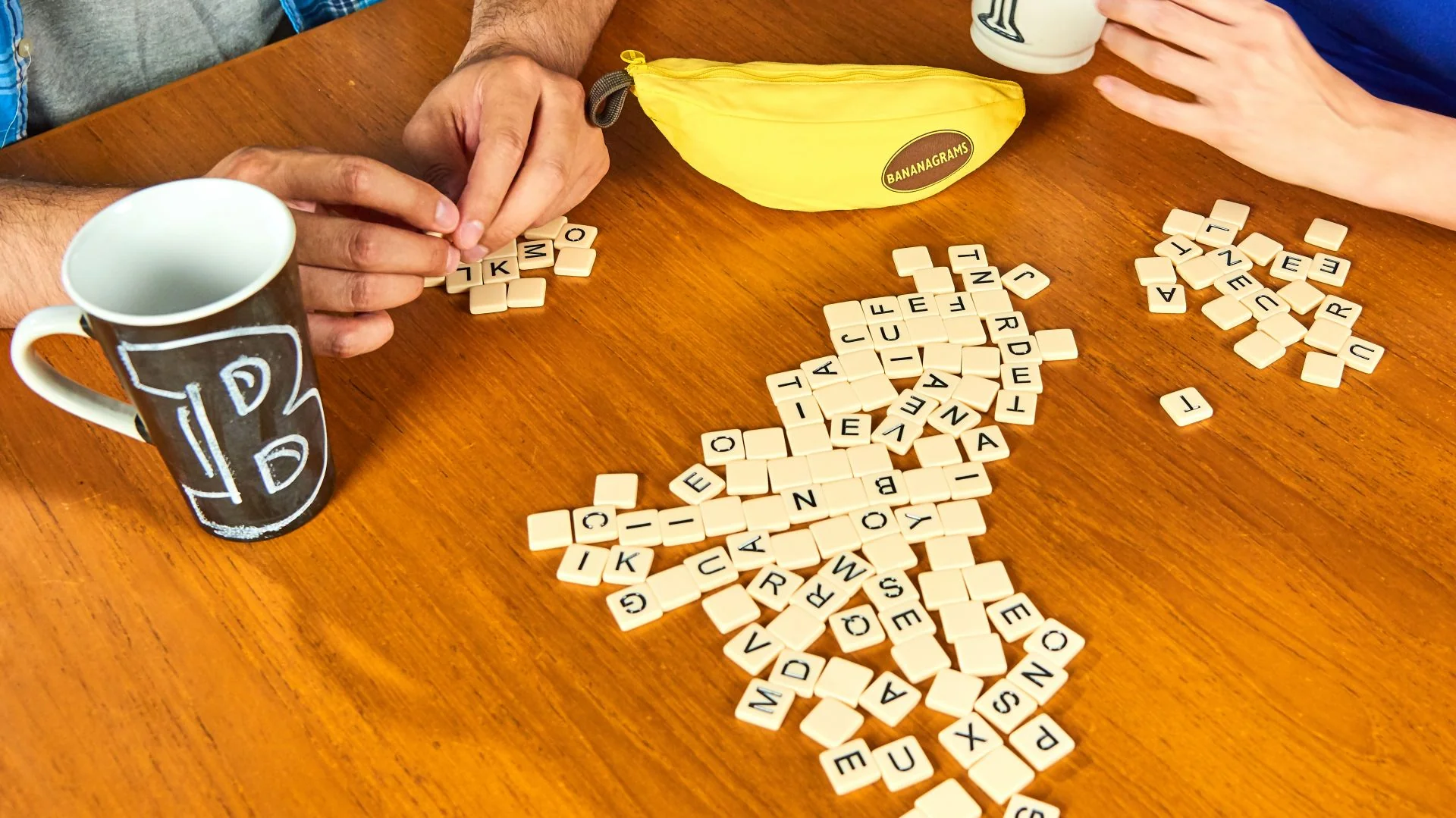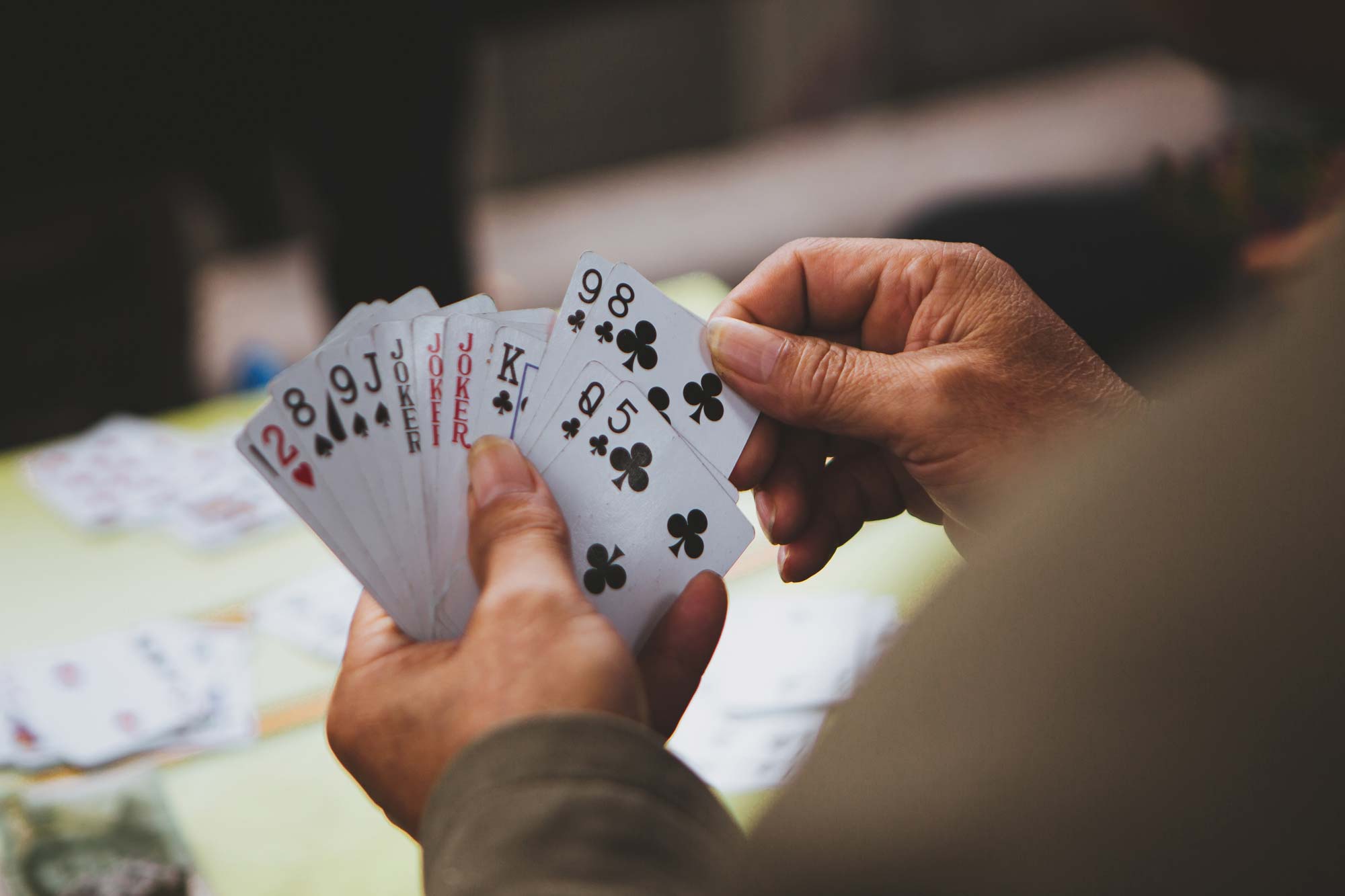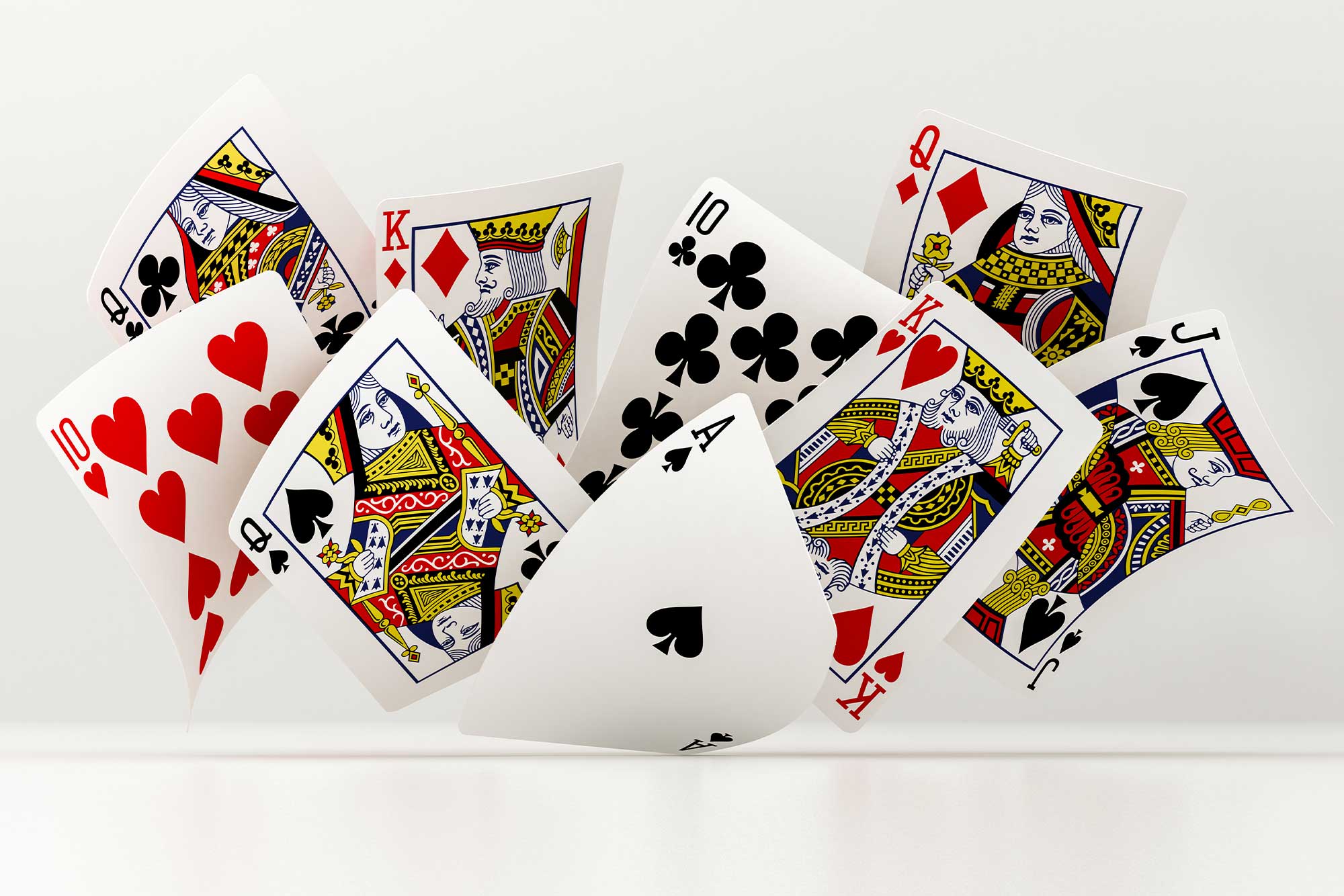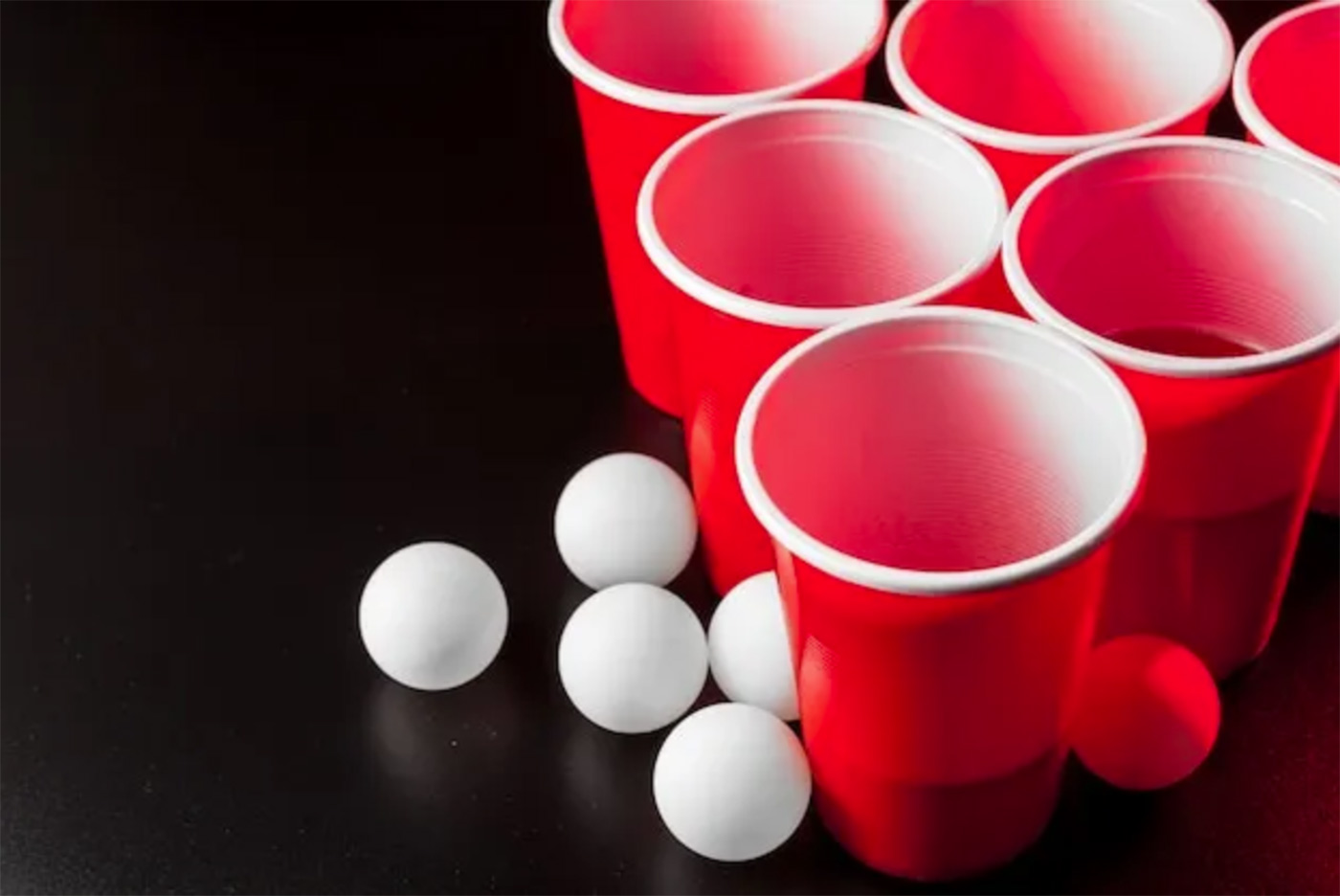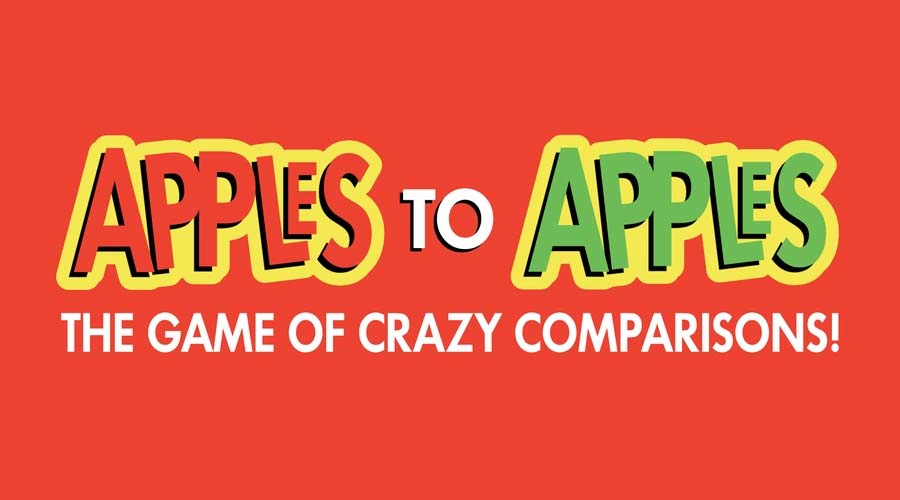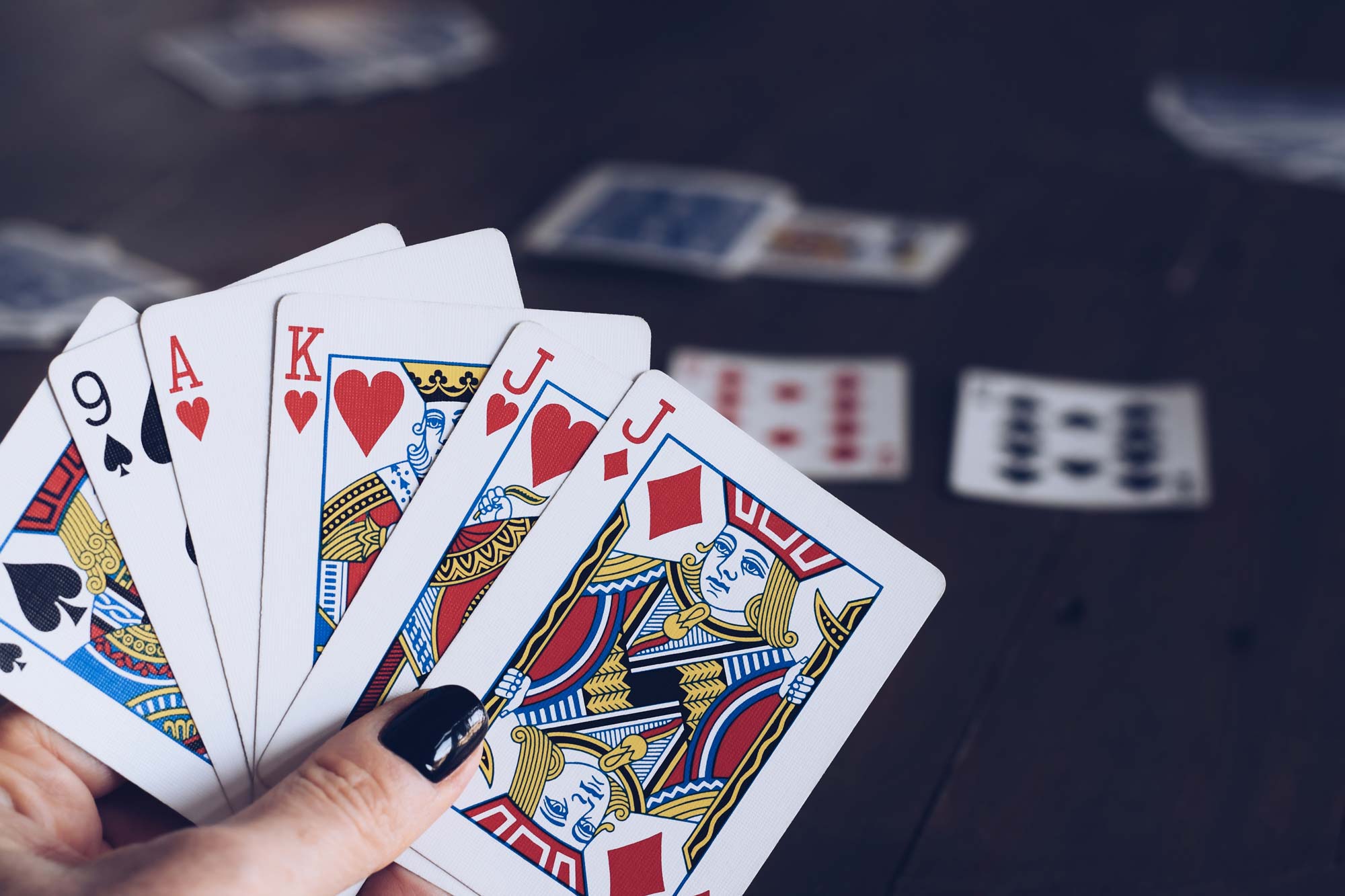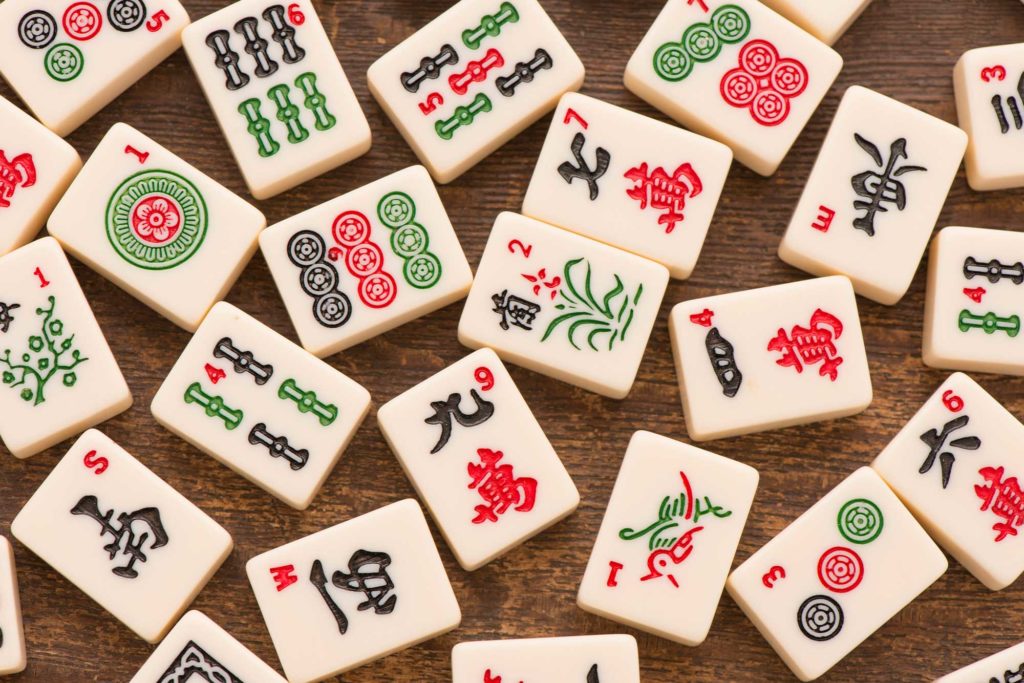
Let’s be real. There’s a certain mystique surrounding Mahjong. It’s not just a game; it’s a symbol of tradition, culture, and, let’s face it, pure, unadulterated fun. But don’t let the elegant tiles fool you. Beneath that refined surface is a game that’s as cutthroat as poker and as strategic as chess. Ready to dive in?
Country of Origin: China
Date of Origin: Circa 19th century
Regions Popular In: China, Japan, Taiwan, Southeast Asia, United States
Family: Tile-based games
Also Known As: Mahjongg, Ma Jiang, Majiang
Variants: Hong Kong Mahjong, Japanese Mahjong (Riichi), American Mahjong, Taiwanese Mahjong
Game Rules
Objective of the Game
The main goal? To assemble a winning hand with sets and pairs, created from the drawn and discarded tiles.
Number of Players: Typically, four players.
Tile Information: A standard Mahjong set contains 144 tiles. These include three suits (dots, bamboos, characters), honor tiles (winds and dragons), and bonus tiles (flowers and seasons).
Setup
Arrange the tiles face down and shuffle. Each player builds a wall of 34 tiles in front of them. Roll dice to determine the dealer.
Basic Gameplay
Players draw and discard tiles in turns, aiming to complete a legal hand. When a player completes a hand, they declare “Mahjong,” ending the round.
Winning Conditions
A player wins by completing a legal hand of 14 tiles, which includes four sets (either three of a kind or a sequence) and a pair.
Key Terms
- Pung: A set of three identical tiles.
- Chow: A sequence of three tiles in the same suit.
- Kong: A set of four identical tiles.
- Pair: Two identical tiles.
- Wall: The stack of tiles from which players draw.
Strategy and Tips
Here’s the secret sauce. Aces may be wild in cards, but in Mahjong, it’s all about balance. Start by aiming for simple hands before going for the fancy stuff. Keep an eye on the discards—don’t just play your tiles, play theirs. And remember, the tiles don’t lie; your opponents’ moves are telling a story. You just have to listen.
Historical Background
This game has roots that reach deep into the soil of ancient China, rumored to have evolved from earlier card games. It found its current form in the Qing Dynasty and made its way across the oceans, becoming a sensation wherever it landed.
Popularity and Cultural Impact
Mahjong isn’t just about playing tiles; it’s woven into the fabric of social life. From family gatherings to high-stakes competitions, it’s a game that bridges generations and cultures. It has inspired movies, literature, and even fashion. The sound of shuffling tiles is, in itself, a cultural melody.
Legends and Funny Stories
Legend has it, Mahjong was created by Confucius himself, who had a fondness for birds. Hence, the bird tiles. Then there’s the tale of the gambler who tried to cheat by sneaking extra tiles into his sleeve—only to be caught when the tiles tumbled out, leading to a comic downfall. However, we doubt this is true.
Conclusion
So, there you have it. Mahjong: a game where strategy meets tradition, and every tile holds a story. It’s not just about winning or losing; it’s about the thrill of the chase, the excitement of the unexpected, and the joy of shared moments. Ready to build your wall and dive in? Shuffle those tiles, gather your friends, and let the games begin. And remember, whether you win or lose, it’s all about the journey—and maybe a bit of bragging rights. Happy playing!
